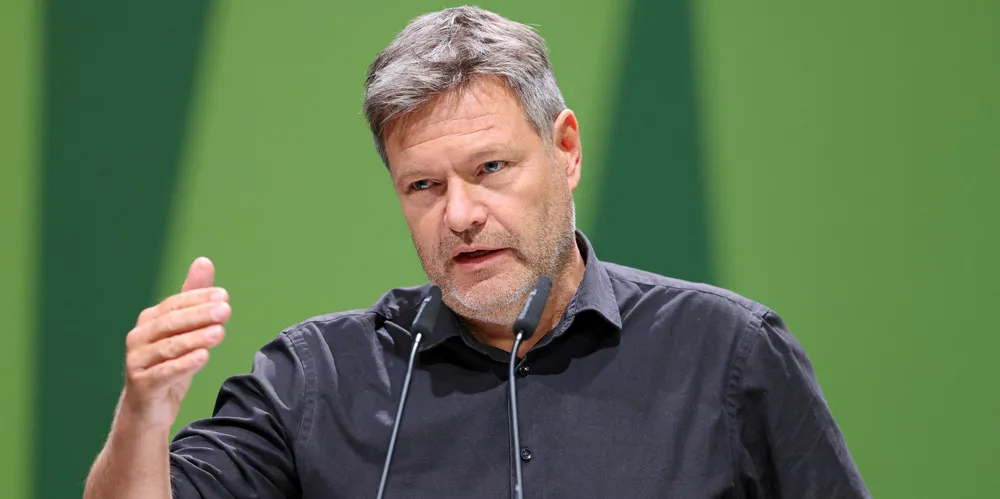EU countries approve renewables target hike and cement eased permitting
Nuclear based hydrogen will still not count towards green H2 targets but minor concessions made for France and other atomic-power-friendly nations

Nuclear based hydrogen will still not count towards green H2 targets but minor concessions made for France and other atomic-power-friendly nations
